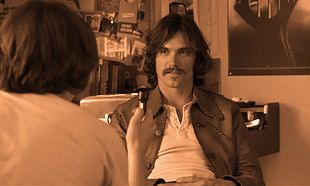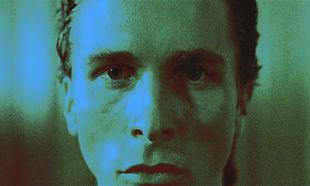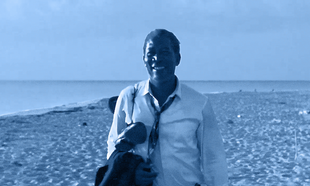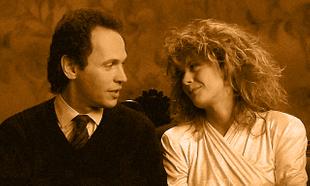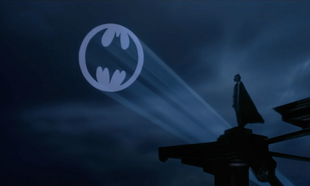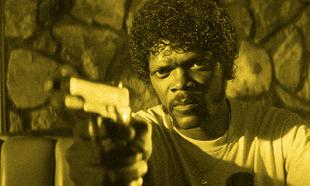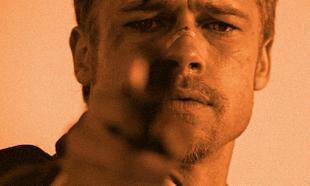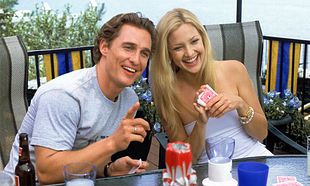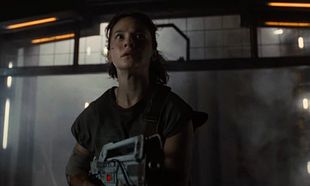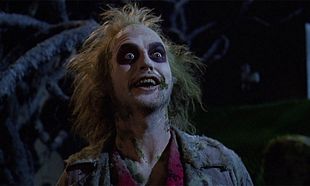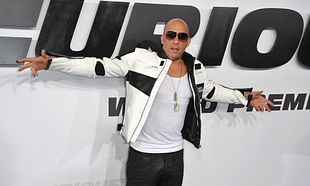The Final Scene looks at the last few minutes of some of the most well-known movies of the past fifty years. With Francis Ford Coppola announcing a new cut of 'The Godfather, Part III' earlier this week, we're looking at the closing moments of 'The Godfather, Part II'...
Throughout 'The Godfather' and 'The Godfather, Part II', the movie charts and explores the rise of American dynasty and mythmaking. The opening moments of 'The Godfather, Part II' see the child Vito Andolini arrive in America after the merciless death of his own mother at the hands of a local mafioso. Yet, when we look at the final moments of the movie, it ends in an equally violent fashion, but it's done in such a markedly different way.
The opening scene is shot and staged like grand opera, with outsized performances from all concerned. Vito Andolini's brother dies in a hail of gunfire during his father's funeral, Vito's mother begs for his only son's life to the local mafioso - only to turn in an instant and threaten to slit his throat, driving Vito's escape to America. The violence is heightened with drama and intensity, yet there is an equal amount of violence in the final moments, but it's done with cold and clinical precision.
The closing moments shows Hyman Roth shot dead in an eerily similar fashion to Jack Ruby murdering Lee Harvey Oswald, in full view of TV cameras. Frankie Pentangeli, driven to suicide by Tom Hagen's quiet insistence, and then, at last, Michael own's brother Fredo is shot in the back of the head on a fishing boat - all while Michael watches impassively from the shore.
Compared against each other, they're similar scenes of death and murder, but the difference in how they're carried out is striking. Whereas the events that led to Vito Corleone were riven with emotion and passion, the events that bookend the movie are icy, distant and closed-off. In the space of one generation, the drive for vengeance has gone from hot-blooded ferocity to a box-ticking exercise.
Throughout 'The Godfather, Part II', we see how the Corleones are slowly but surely become just like any other American dynasty. Frankie Pentangeli remarks at the very beginning of the movie how the wedding band doesn't know how to play a tarantella. Michael Corleone, when he's put in front of the commission on organised crime, claims to be a businessman with stocks and ownership stakes in the likes of AT&T and IBM, all blue-chip companies with long histories in the country.
This desire to be considered not as a Sicilian, but as an American, plays into the flashback scene. The day after Pearl Harbour and Vito Corleone's birthday, we see the family together again - though we now know that Michael has either frozen them out, or had some of them killed. Michael then calmly tells his brothers that he's enlisted in the Marines, and that he wants to serve his country. Just prior to this, Sonny remarks that "your country ain't your blood." As the family steps away to greet the unseen Vito Corleone, Michael sits silently at the table and smokes.
That decision to become American, to join in the American dream, alienated him them. The scene fades to show an aged Michael, sitting silently once again and recalling a brief memory of he and his father leaving Sicily behind. The transition from outsiders to insiders, from Sicilians to Americans, is complete. While the American Dream has brought the Corleones to the halls of power, made them wealthy and feared, they're all ultimately alone in it. Michael Corleone murdered his own brother, alienated his adoptive brother, had his father's closest friends killed, his wife has left him, and his children are nowhere to be seen.
That the movie so eloquently ends itself speaks to how redundant 'The Godfather, Part III' truly is. At its core, 'The Godfather' and 'The Godfather, Part II' told the story of American immigration and the homogenisation of cultural identity, and how it is a hollow pursuit. The third tries to tie in conspiracy theories about the Vatican, commentary on the violence of American mob culture, as well as pushing the idea that Michael Corleone is now trying to buy back his soul. The very essence of the final scene in 'The Godfather, Part II' is showing that he has none, that he has sold it in order to become American.


